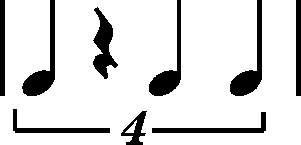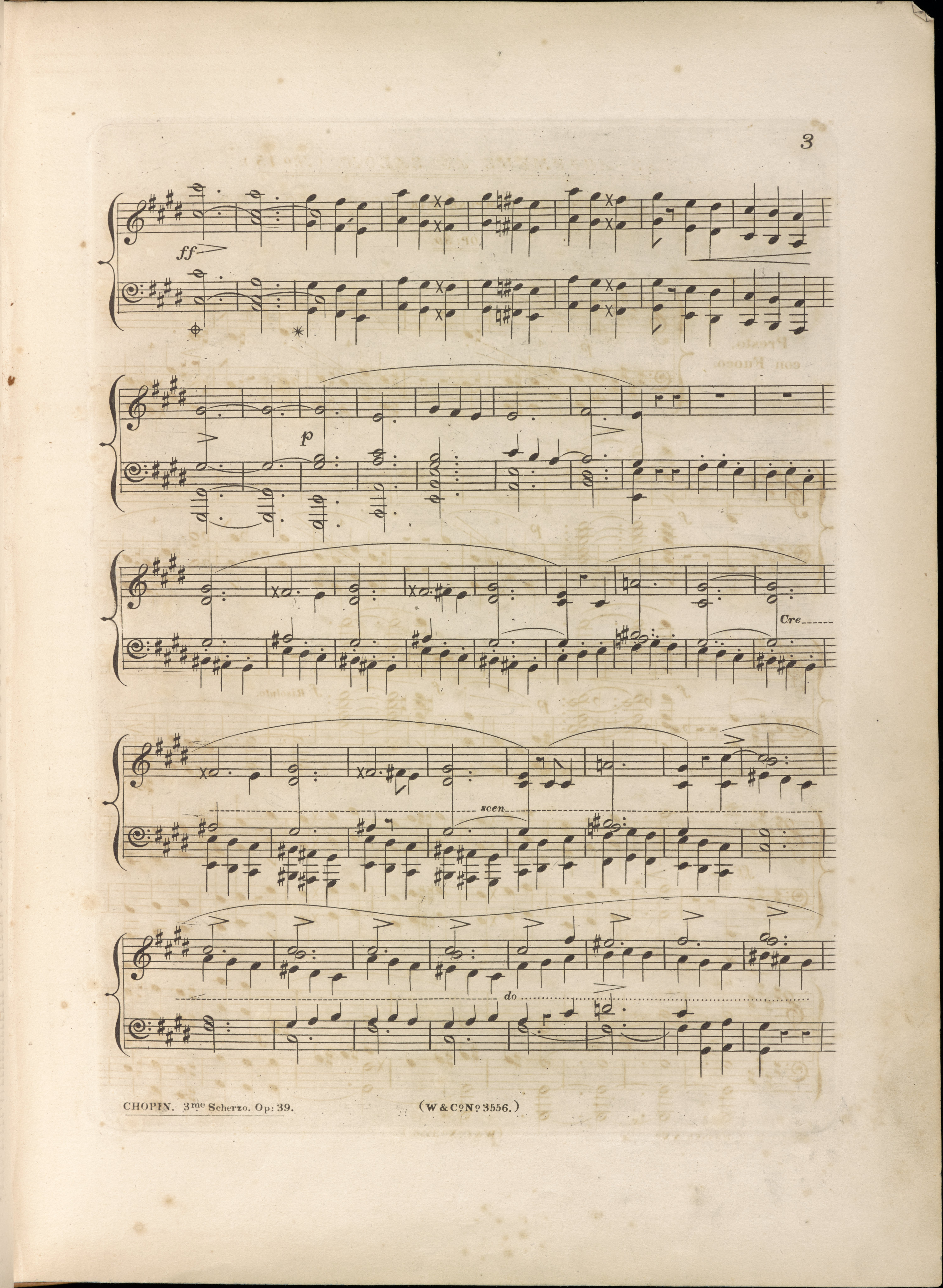



In bars 31, 47 and analogous bars, the arrangement of the rhythm is different in all the three sources that may have been based on the autograph: b. 31 b. 47 b. 113 b. 129 b. 373 b. 389
EE 
GC 
FE 
(in bar 113 FE has a rhythmic error).
Each one of the above versions is convincing from the musical point of view and most probably authentic (with GC as the most likely suspect if we were to consider any of them as resulting from a mistake ). The uniform version of EE is probably the original one (cf. the note to bar 374). In the GC version, a different rhythm in bar 373 may be connected with the stronger accentuation of that occurrence of the theme and with filling the initial octaves in bar 374 with A and a1 sounds. In the version of FE, probably the latest (our main text) both rhythm forms are arranged in pairs.
In GE2, probably under the influence of FE, the rhythm  was introduced in all the analogous places. This standardization, ungrounded in the sources, has been influencing the performance tradition of the Scherzo to this day.
was introduced in all the analogous places. This standardization, ungrounded in the sources, has been influencing the performance tradition of the Scherzo to this day.
Similar hesitations in writing rhythms of that type can also be found in other Chopin's works (e.g. Mazurka in A Op. 41 no. 3, bar 6, 8 & analog., Etude in G
Op. 41 no. 3, bar 6, 8 & analog., Etude in G Op. 10 no. 5, bar 65, Concerto in E minor Op. 11, mvt. I, bar 197 & analog., Sonata in B minor Op. 58, movement I, bar 139). This fact makes us analyze the question of practical rendition of those rhythmic figures. In the editors' opinion it is probable that what Chopin had in mind was to notate, in an approximate manner, the gesture of slight lifting of the hand between two even rhythmic values (in this case crotchets). The above-described rhythm variations would correspond to the following extreme renditions:
Op. 10 no. 5, bar 65, Concerto in E minor Op. 11, mvt. I, bar 197 & analog., Sonata in B minor Op. 58, movement I, bar 139). This fact makes us analyze the question of practical rendition of those rhythmic figures. In the editors' opinion it is probable that what Chopin had in mind was to notate, in an approximate manner, the gesture of slight lifting of the hand between two even rhythmic values (in this case crotchets). The above-described rhythm variations would correspond to the following extreme renditions:
- the inserted rest does not perceptibly interrupt with the rhythmic passage –
 ;
; - the pause (gap) caused by the described gesture is audible –
 , roughly executed as
, roughly executed as  .
.
Other renditions fitting in the range between those two extremes are also admissible.
Compare the passage in the sources »
category imprint: Differences between sources
issues: GE revisions, Inserted rest
notation: Rhythm



